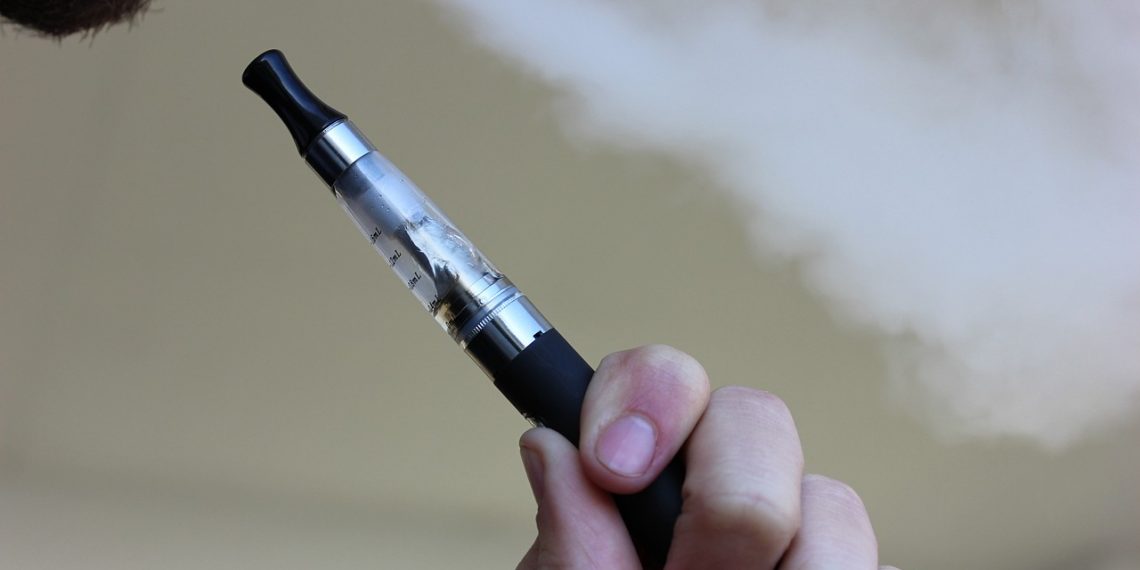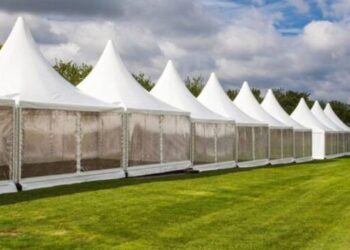In a world overflowing with information, possessions, and constant distractions, the appeal of minimalism has never been stronger. More people are recognizing that happiness does not come from owning more, but from living with intention. Paired with mindfulness, minimalism offers a pathway to clarity, balance, and fulfillment by focusing on what truly matters.
What Is Minimalism?
Minimalism is not about deprivation or stark empty rooms—it’s about making deliberate choices to keep only what adds value to your life. This applies to physical possessions, digital consumption, and even relationships. By removing excess, minimalism creates space for freedom, creativity, and peace of mind.
Rather than following a rigid formula, minimalism encourages people to define what “enough” means for them. For some, it’s about decluttering closets; for others, it’s simplifying finances, schedules, or digital spaces.
The Role of Mindfulness
Mindfulness complements minimalism by teaching us to be fully present. It helps us pause before making decisions, ensuring we act with awareness rather than impulse. Whether it’s resisting the urge to buy unnecessary items or choosing to spend time meaningfully, mindfulness reinforces the minimalist mindset.
Together, minimalism and mindfulness create a powerful framework for living intentionally.
The Benefits of Living With Less
Embracing minimalism has ripple effects across all aspects of life:
- Mental clarity – A decluttered environment reduces stress and promotes focus.
- Financial freedom – Spending less on non-essentials allows more room for savings or meaningful investments.
- Time efficiency – With fewer distractions, time can be devoted to experiences that enrich life.
- Environmental impact – Consuming less means reducing waste and preserving natural resources.
Minimalism is not about having less—it’s about making room for more of what matters.
Practical Steps Toward Minimalism
- Start with decluttering – Donate or recycle items that no longer serve you.
- Simplify your digital life – Unsubscribe from unnecessary emails, organize files, and limit screen time.
- Adopt mindful shopping – Ask yourself: “Do I really need this?” before making a purchase.
- Focus on quality, not quantity – Invest in durable, timeless items instead of disposable trends.
- Streamline your schedule – Prioritize commitments that align with your values and let go of obligations that drain energy.
These steps don’t have to happen all at once—minimalism is a journey, not a destination.
Mindful Living in Practice
Mindfulness transforms everyday routines into opportunities for presence and gratitude. Eating a meal slowly, noticing the textures and flavors, can feel more satisfying than rushing through a large portion. Walking without headphones, simply observing nature, turns an ordinary activity into meditation.
By slowing down and savoring moments, mindfulness brings richness to simplicity.
Modern Travelers and Sustainable Tools
Modern travelers are increasingly mindful of the environmental impact of their journeys. Choosing options that reduce waste and prioritize long-term usability has become a priority. Devices like Ploom offer compact alternatives that fit seamlessly into various lifestyles, including those on the move. These devices reflect a modern approach to addressing individual preferences while traveling.
Minimalism and the Digital World
Digital overload is one of the biggest challenges of modern life. Notifications, social media, and endless content compete for our attention daily. Minimalism encourages curating digital spaces just like physical ones—unfollowing accounts that don’t inspire, limiting news intake, and setting boundaries for online time.
This digital minimalism reduces anxiety and fosters focus, making room for meaningful engagement both online and offline.
Experiences Over Things
Minimalism also shifts focus from owning objects to creating experiences. Travel, learning new skills, or spending time with loved ones often bring more lasting joy than material possessions. Experiences become part of our identity, while objects often lose their shine over time.
This perspective helps people invest in memories rather than clutter.
The Connection to Sustainability
Minimalism naturally aligns with sustainability. By consuming less and choosing durable, eco-friendly products, minimalists contribute to a healthier planet. Sustainable fashion, reusable goods, and mindful consumption reflect both personal values and global responsibility.
This synergy makes minimalism not just a personal choice, but also a collective step toward a more sustainable future.
The Emotional Dimension
Letting go of possessions is often as emotional as it is practical. Items carry memories, and decluttering can feel like losing part of our history. Mindfulness helps here, teaching us to honor the memory without clinging to the object.
By shifting focus to gratitude for past experiences, it becomes easier to release what no longer serves us.
The Future of Minimalist Living
Minimalism is not a passing trend—it’s a philosophy that adapts to evolving lifestyles. In the future, we may see homes designed for multifunctionality, products built for longevity, and communities centered on shared resources rather than individual ownership.
As sustainability and wellness gain importance, minimalism will continue to grow as a practical, ethical, and fulfilling way of life.
Conclusion
Minimalism and mindfulness are not about sacrifice—they are about intentional living. By decluttering our spaces, simplifying our routines, and staying present, we create room for clarity, joy, and connection.
For modern travelers and everyday individuals alike, even small choices—like packing lighter, consuming less, or embracing sustainable tools such as Ploom—reflect the minimalist philosophy of doing more with less.
In a society that often pushes “more” as the path to happiness, choosing less can be the boldest and most liberating decision of all.






